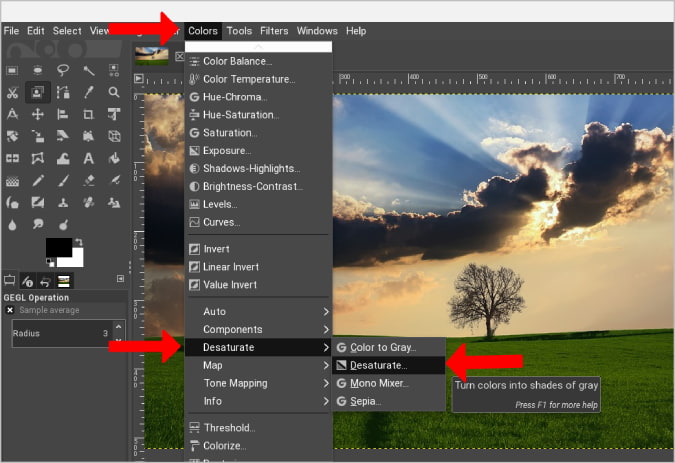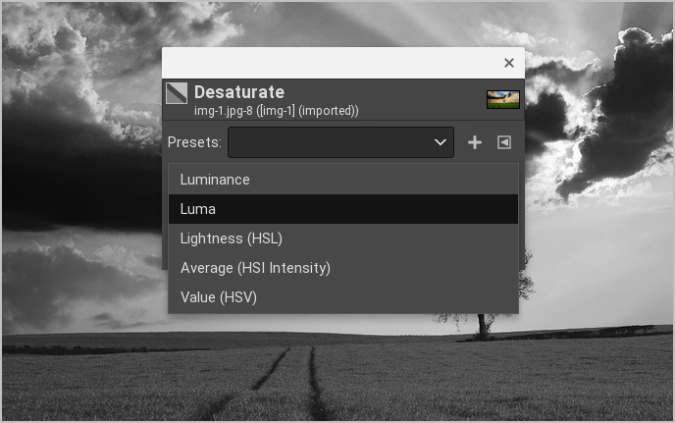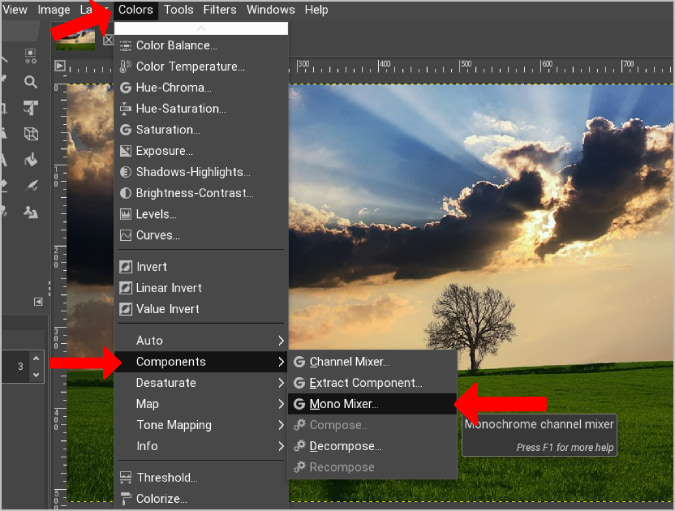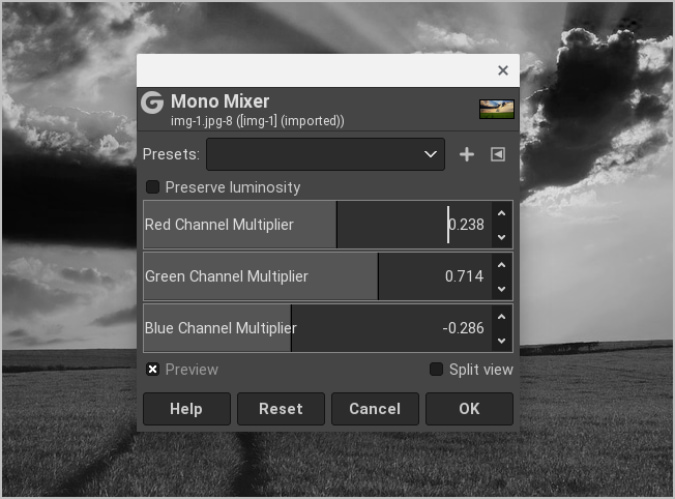GIMP provide multiple ways to commute images to black and white . Each alternative is different with unlike flexibility degree and different outcome too . Here are all the ways you may use to convert the prototype and the differences between them . take one over the other is just a matter of preference depending on your motive .
Convert Images to Black and White on GIMP
allow ’s part with the easy option out of the bunch .
1. Enabling Grayscale Mode
By default , the icon will open in RGB mode , but changing the mode to grayscale will change the image to black and white mechanically . With grayscale , as the name suggests , you do n’t have any extra control over the ikon as it directly changes the prototype ’s coloration scheme . you may not control the intensity or color channels either . Also , there is no option to set this to only one layer . Once enabled , it will be utilise to the intact image with all the layer .
To commute the image to black and white using grayscale , select theImage > Modeand selectGrayscaleradio .
This will convert the image to black and white instantly .
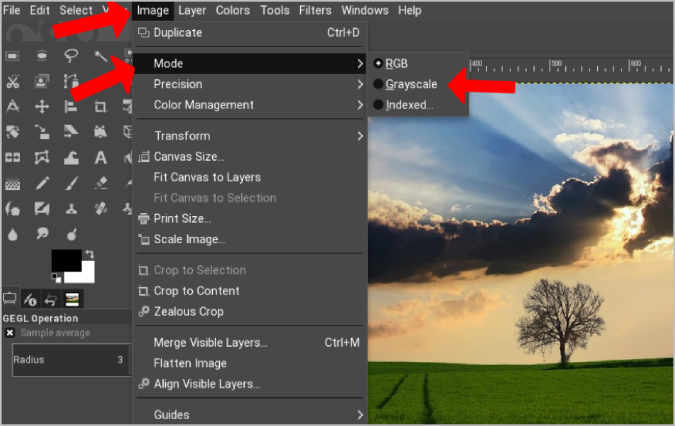
With grayscale pick out , all your later inputs and edits will also be in grayscale . To change this , again , openImage > Modeand selectRGB . This will reintroduce colors without changing the simulacrum that you had call on to grayscale .
2. Using Desaturation
Unlike the grayscale method , with desaturation , you may select the intensity level of the black and white persona you need . This means you have the option not to turn the epitome to complete black and white if you prefer .
To change the trope to black and lily-white using desaturation , take the layer that you need to turn into disastrous and white . You also have the alternative to select multiple layer by pressing the ctrl button .
Once selected , snap on theColoroption in the menu bar and then selectSaturation .
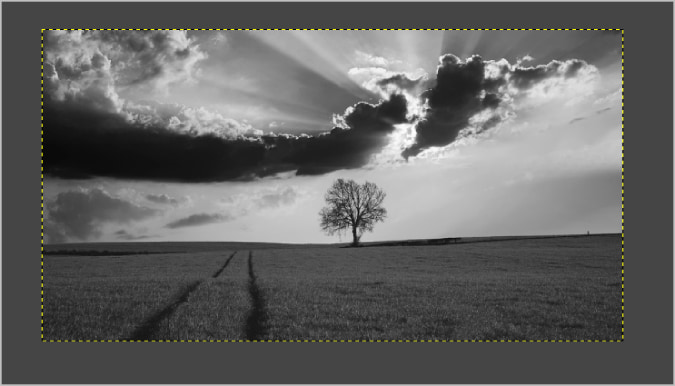
This will afford a bolt down - up window where you’re able to change the intensiveness of the black and white shades using theScaleoption .
This tool will save the saturation horizontal surface as a preset which means it will employ the same preferences for other images too later . Apart from that , there are other desaturation modes likeLuminance , Luma , Lightness , Average , andValue . Each mood implement a unlike shade of black and white to the epitome that can be further tune by changing the cleverness and colouration channels . you’re able to access these mode by openingColors > Desaturateand then again selectingDesaturate .
This will unfold a pop - up window where you’re able to apply these modes to the image .
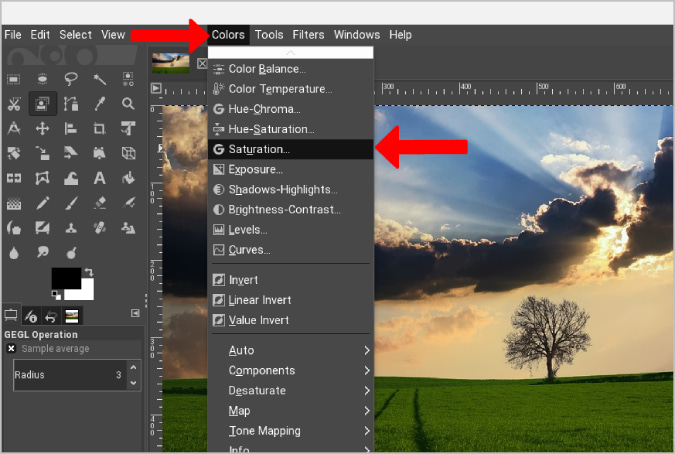
Instead of swear on the cock to provide various modality of grayscale , you may fine - tune the RGB channels manually to get the exact black and white that you need .
3. Adjusting Through Channel Mixer
With the Channel Mixer choice , you’re able to customize every part of the picture . you may choose the red , green , and blue levels of the double to get the perfect black and white tint you are looking for .
To change the colors to black and white using the channel mixer , openColors > Components > Mono Mixer . This will turn the image to shameful and bloodless and open a pop out - up windowpane to customize the RGB channels .
Now you may play around with these RGB channel to alter the musical note of the pitch-dark and white image . To sustain the same luminosity point , the values should bring up to 100 % . For example , if you congeal the red to 31 % , Green to 58 % , and sorry to 11 % , you will get the same smuggled and white toned epitome as in the grayscale option . To prevent this luminosity issue , you could start the Preserve Luminosity on-off switch . It will adjust the RGB layers without pretend the brightness level levels .
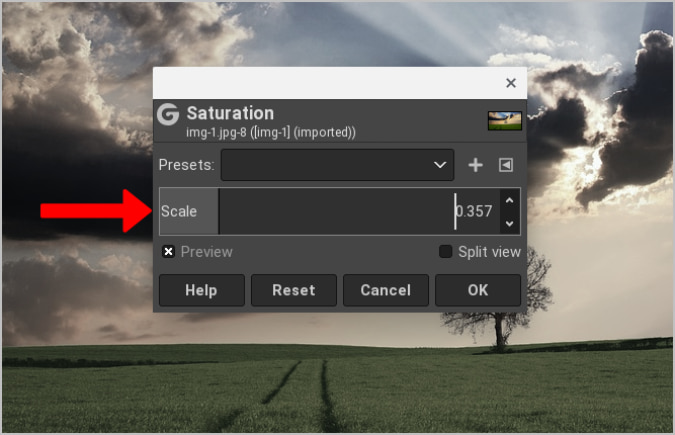
Here ’s an example . If you are calculate for a darker sky , decrease the depressed canal point which will make your sky look darker . you’re able to use this proficiency to change the channel coloring material to ensure things pop out .
The advantage of Channel Mixer is the tractableness . For me , it ’s about adding more contrast and bring in out the perfect layout and line in the look-alike without increasing the noise .
Wrapping Up: Converting Images Black and White Using GIMP
The grayscale choice is great to turn images black and ashen but lacks the control that intensity and channel options offering while tune up the image . Decreasing the saturation levels aid set the strength , but the final black and ashen image has a bit more noise compared to grayscale once when zoomed in . The duct mixing alternative allows tuning the image to suit your want . you’re able to operate individual color , and so you’re able to do things like turning the sky darker , making an object pop out with a vivacious shade , etc .
Also Read :
Microsoft OneNote Icons and Symbols Meaning – App/Desktop
Apple iCloud Icons and Symbols Meaning – Complete Guide
50 Years of Microsoft: 11 Times Microsoft Fumbled and Missed…
How to Transfer Windows 11 to a New Drive/SSD (Step-by-Step)
Best Macbook in Every Price Range and Use Case: Mac…
Apple Could Launch Its Updated Macbook Air With M4 Later…
Microsoft Office is Now Free on Desktop – But With…
How to Install Windows 11 on PC With Unsupported Hardware
Windows 10’s End is Near: What Are Your Options?
Windows 11 Camera Not Working? Here’s How to Fix It
